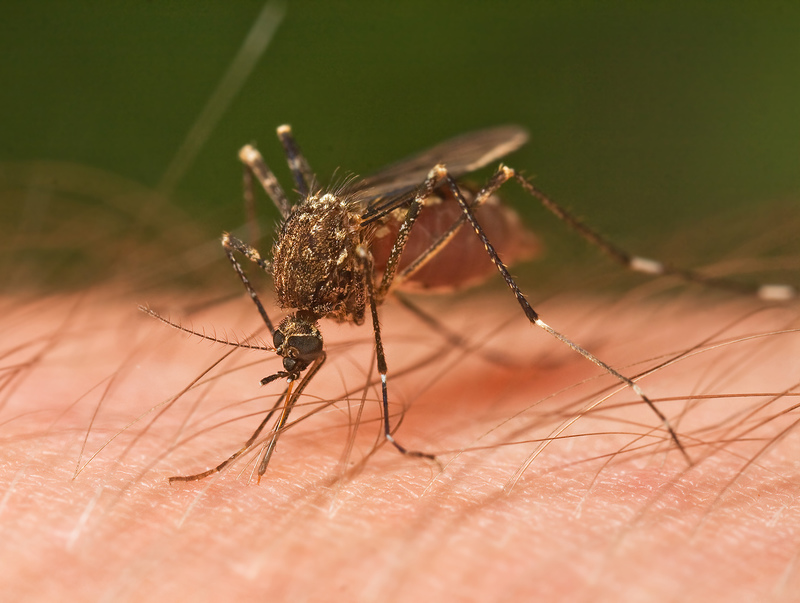To drastically reduce the ideal environments for mosquitoes to breed and live, SOLitude Lake Management, an industry leader in lake and pond management, fisheries management and related environmental services for the eastern United States, recommends ecologically sustainable, preventative, and proactive measures to homeowners, landowners, homeowners associations, golf courses, and municipalities.
“After the wet season that much of the East Coast has experienced this winter and early spring, homeowners and community managers need to take extra care in eliminating or altering all environments that attract mosquitoes for breeding,” said David Beasley, lead fisheries biologist with SOLitude Lake Management.
Suggestions include the following:
Eliminate standing water in artificial containers such as flowerpots and buckets. Small containers of stagnant water are the ideal breeding environment of the Asian Tiger Mosquito, which is a carrier of the West Nile virus, among other diseases. With only a 200-yard flying radius, eliminating their preferred breeding environment can lower infestations.
In larger aquatic environments such as lakes, ponds and stormwater basins, circulate water with aeration. Mosquitoes breed in and prefer to live near warm, stagnant bodies of water. Circulation though a submersed aerator or surface fountain will help eliminate the environment that mosquitoes would consider for breeding.
Stock fish that feed on mosquito larvae in lakes, ponds and stormwater basins. In addition to stocking mosquito fish or fathead minnows annually, there are many fish species that can be recommended by a fisheries professional for specific states that will naturally feed on the mosquito larvae, and therefore reduce the number of surviving adult mosquitoes.
Plant vegetation that attracts dragonflies. Dragonflies feed on mosquito larvae and also adults. Studies have shown that a single dragonfly can eat up to hundreds of mosquitoes a day. Pickerelweed, arrowhead, iris, rush, and sedges are some plants to consider adding in and around a lake or pond.
Add biological larvicides to lakes, ponds, and stormwater basins. If a mosquito management strategy is not making headway with natural methods, there are biological larvicides formulated from beneficial bacteria, specifically designed for the various habitats that the mosquito larvae inhabit. In order to be effective, these larvicides need to be applied anywhere from weekly to monthly, depending on conditions, during the course of spring and summer. As a result, natural methods like adding aeration and dragonfly-attracting vegetation, as well as stocking certain fish are typically preferred as a more sustainable solution.
Learn more about SOLitude Lake Management and purchase products at www.solitudelakemanagement.com.























































